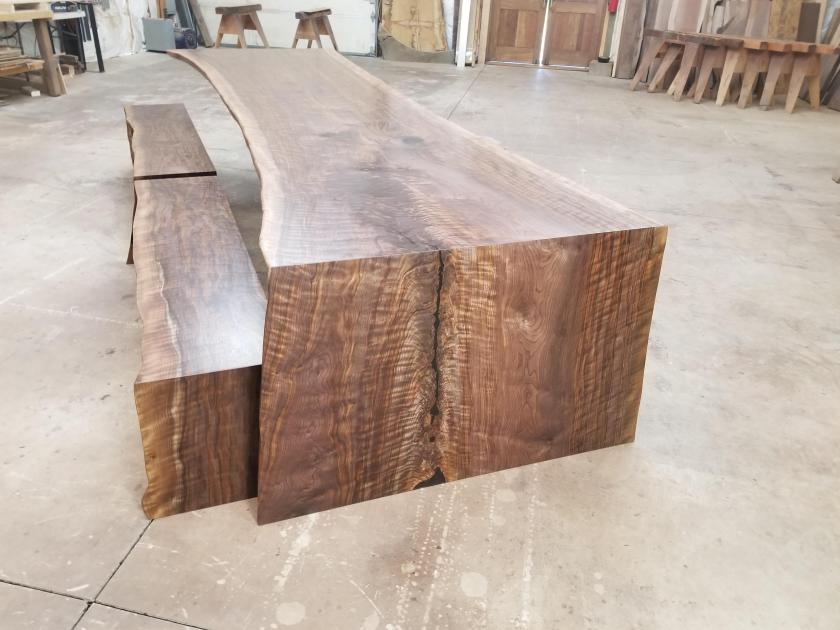Here’s another Oil Spot I put up on Glazy.org.
You might notice that this one has a significant addition of Cobalt, half and half Custer (Potash) and F4 (Soda) Feldspars, calcined talc, and 2% Manganese. Typical that I changed too many things to give a really useful side-by-side comparison. But I suppose when I’m coming up with new variations, that’s always been my style.

Some observations on this one:
Cobalt goes a long way and pretty dramatically alters an oilspot. With a .25%-.5% addition you get a nice shift from brown and russet glaze matrix to a darker solid black glass. Beyond 1% you can get some really nice silvery qualities to the spots. The drawback is that the more you add, the more refractory the glaze tends to get – and the longer it takes for the glazes to heal.



















